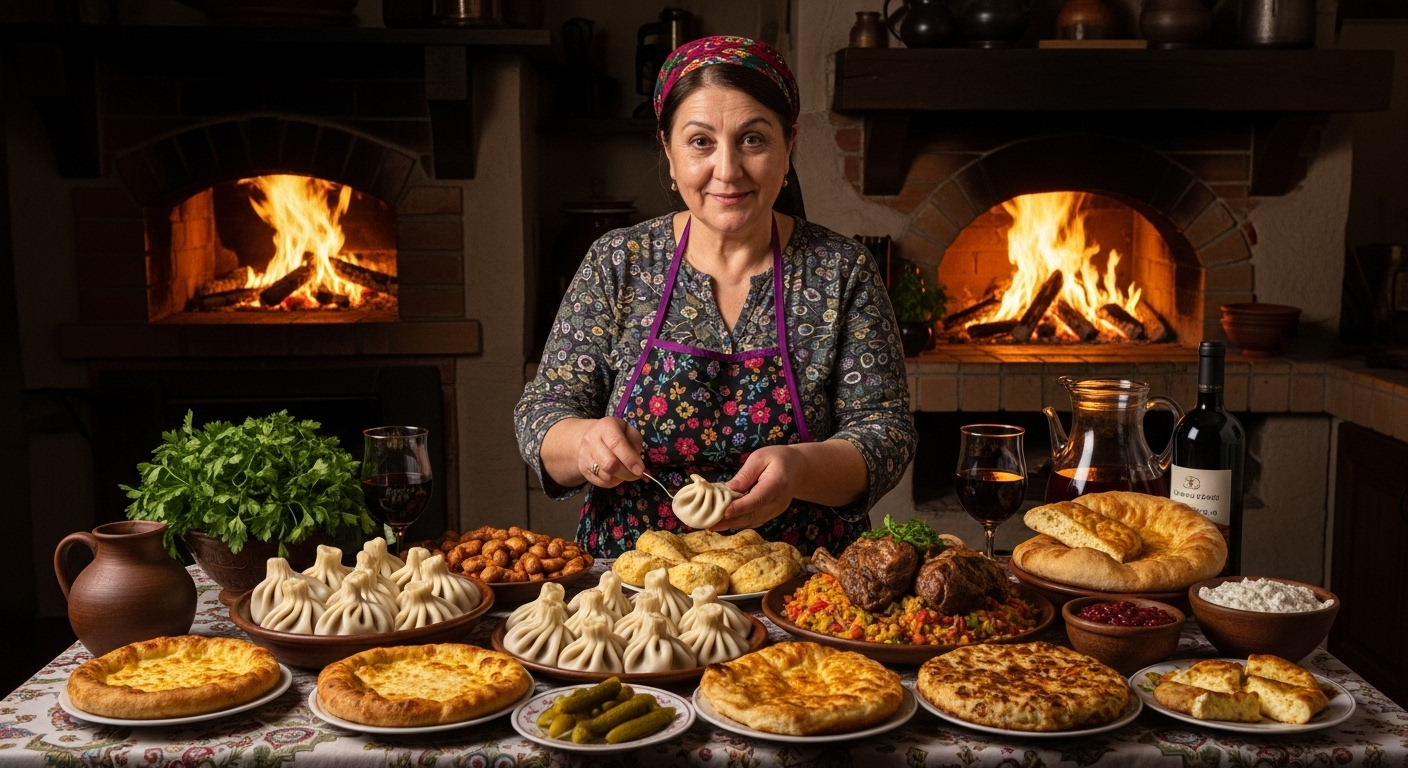Make-ahead scheduling: what to prep 7, 3, and 1 day before
A clear make-ahead schedule reduces stress and keeps a large Thanksgiving meal running smoothly. This plan outlines what to prep seven, three, and one day before the main meal, covering menu choices, brining and roasting steps, sauces and sides prep, reheating, portioning, leftovers, and allergy planning.

A practical makeahead schedule gives you structure and reduces last-minute rushes while preparing a celebratory feast. Start by mapping the menu and noting any allergies or dietary needs so you can plan portioning and substitutions early. With a week-long timeline you can brine and marinate proteins, prep sauces and sides, and arrange storage for leftovers—each step saves time the day of the gathering and supports more sustainable mealprep and reheating choices.
Planning the feast and menu
Begin by finalizing your menu and estimating guest numbers so you can set portioning targets for mains and sides. Consider allergies and dietary restrictions now: label dishes that contain common allergens and plan at least one suitable option per restriction. A clear menu also helps decide which sauces and condiments can be made ahead, which items require last-minute roasting, and which sides freeze or refrigerate well as part of your scheduling.
7 days before: brining and core mealprep
Seven days out is ideal for any brining or long marinades that improve flavor and moisture for larger birds or roasts. Use this time to thaw frozen proteins safely in the refrigerator if needed, and to make concentrated sauces and stocks that deepen in flavor over several days. Prep dry components—breadcrumbs, spice mixes, or compound butters—and store them in labeled containers. Doing this mealprep early reduces day-of tasks and helps with sustainable shopping and portioning decisions.
3 days before: sides and sauces
At the three-day mark focus on sides that refrigerate or freeze well, and on assembling sauces that benefit from resting. Casseroles, gratins, and many vegetable sides can be cooked, cooled, and refrigerated, ready for reheating. Chop and store vegetables for quick finishing; prepare dressings and gravy bases so you can skim and reheat gently later. This is also a good time to check pantry items, confirm any special dietary swaps, and assemble a clear reheating plan for each dish.
1 day before: roasting prep and carving plans
One day before is for final roasting plans, portioning, and carving prep. If your main requires slow roasting, consider a partial cook to finish the following day to save time and improve control over doneness. Sharpen and test carving tools and set aside serving platters. Lay out a reheating timeline that staggers oven and stove use for sauces, sides, and mains. Label containers for leftovers and plan how you will cool and store them promptly to maintain safety and sustainability.
Managing leftovers, reheating, and sustainability
Plan for leftovers before guests arrive: designate suitable storage containers and decide portioning strategies so you don’t over-serve. Cool leftovers quickly and refrigerate within two hours; label with contents and date. Reheat using methods that preserve texture—covered oven warming for casseroles, gentle stovetop simmer for sauces, and oven or skillet for roasted vegetables to avoid sogginess. Sustainable choices include using reusable containers, composting food scraps, and repurposing leftovers into balanced meals to reduce waste.
Scheduling tips, mealprep workflows, and allergies
Create a written schedule that maps tasks across the seven-, three-, and one-day checkpoints and assign simple responsibilities if you have helpers. Batch similar tasks—chopping, mixing sauces, or washing trays—to save time and simplify cleanup. Keep a clear allergy log and separate preparation areas or tools when necessary to avoid cross-contamination. Finally, review your reheating and serving order the night before so dishes move from fridge to table in a smooth sequence and guests receive hot, well-rested food.
Conclusion Working backward with a structured 7/3/1-day plan turns a complex meal into manageable steps. Prioritize menu decisions, brining and concentrated sauces early, prepare sides in the midrange, and finalize roasting and carving details the day before. Clear scheduling, thoughtful portioning, and attention to reheating and sustainability will help preserve flavor, reduce waste, and make hosting more organized and less stressful.






